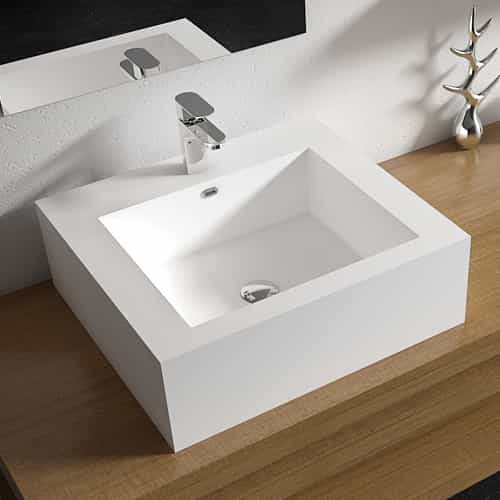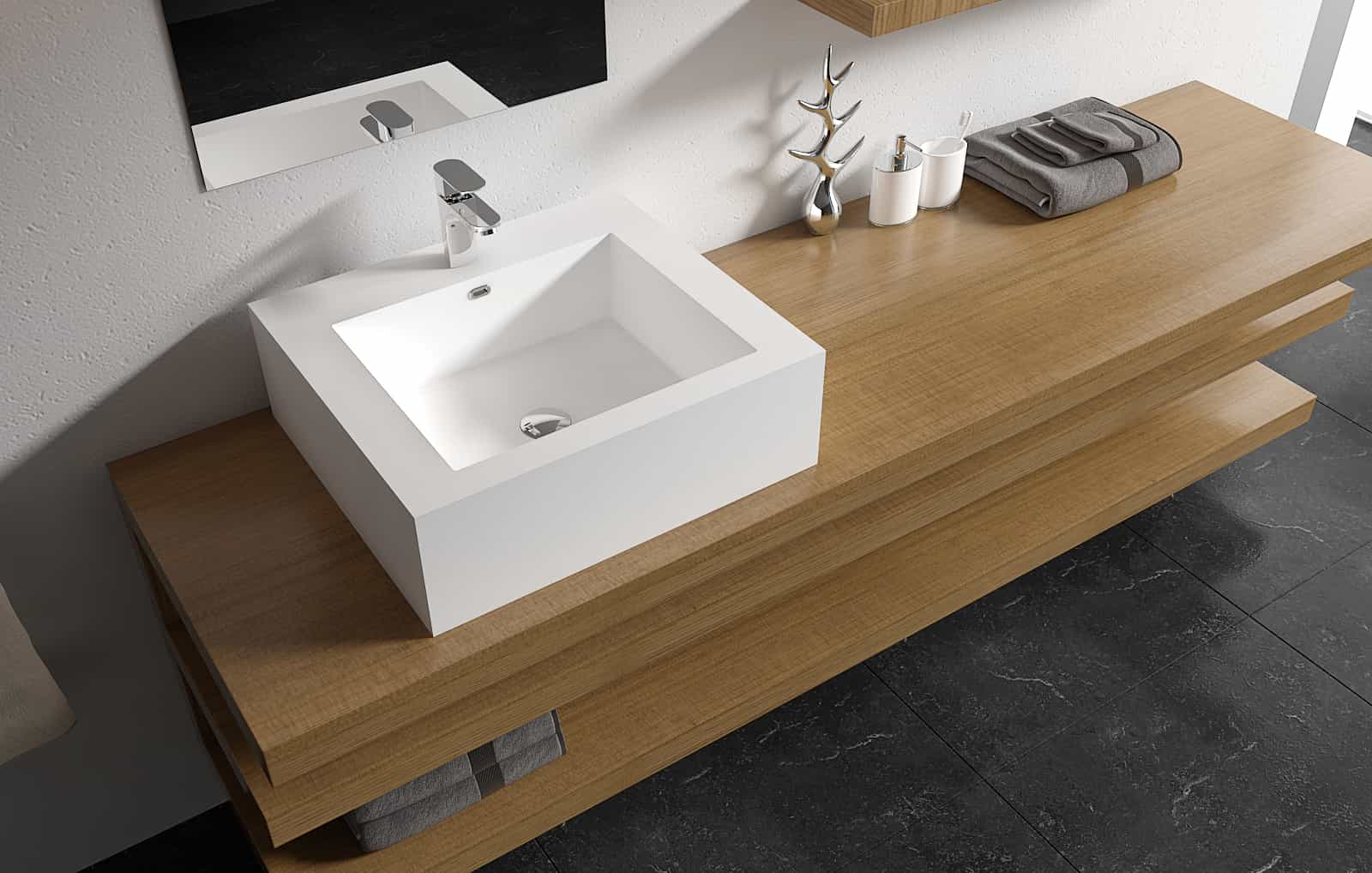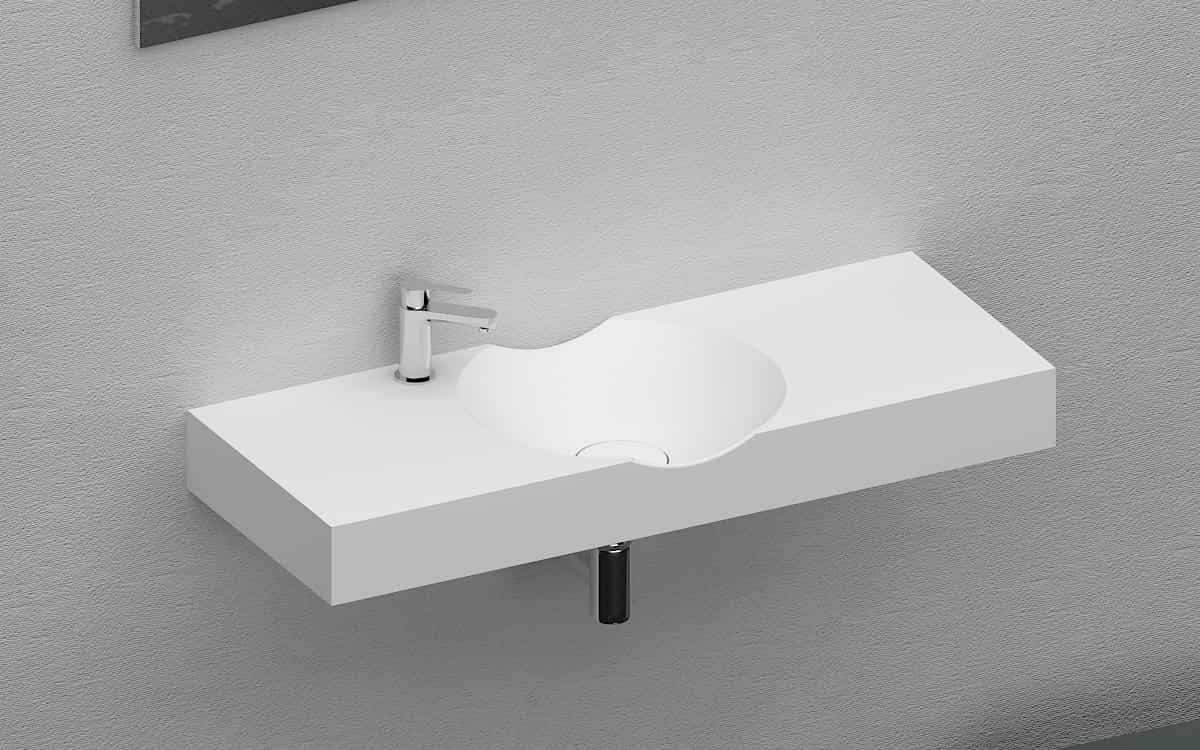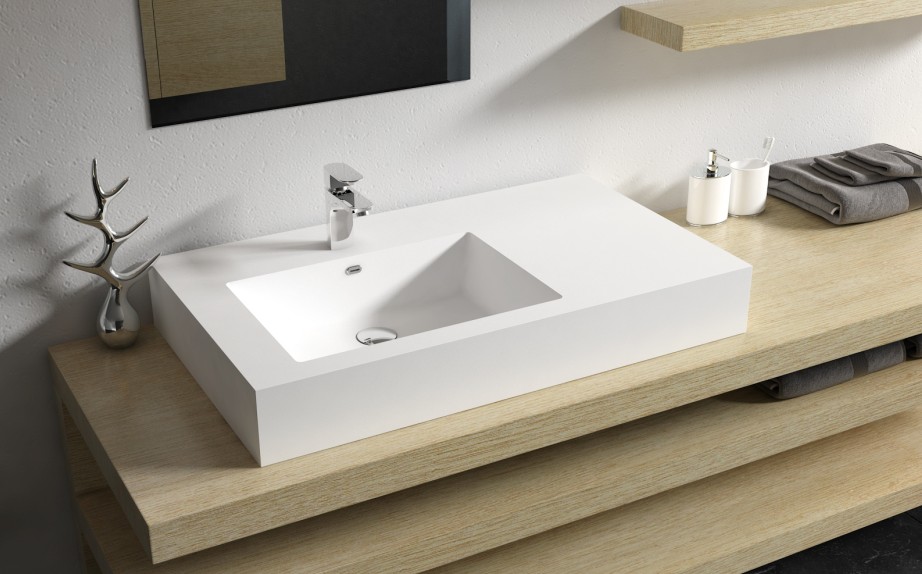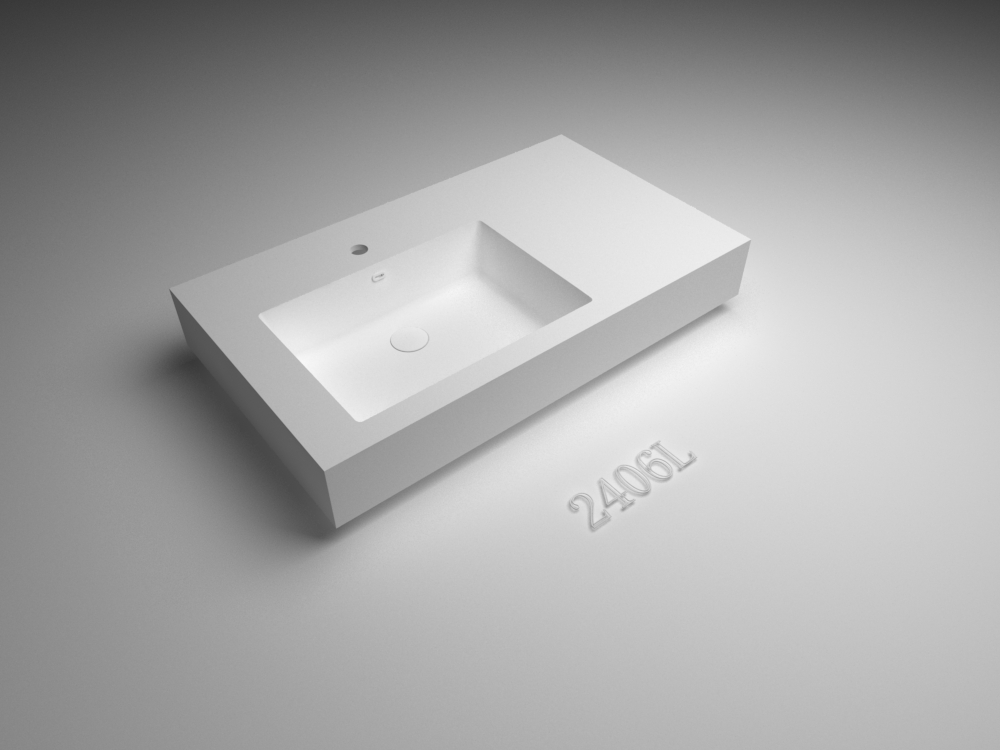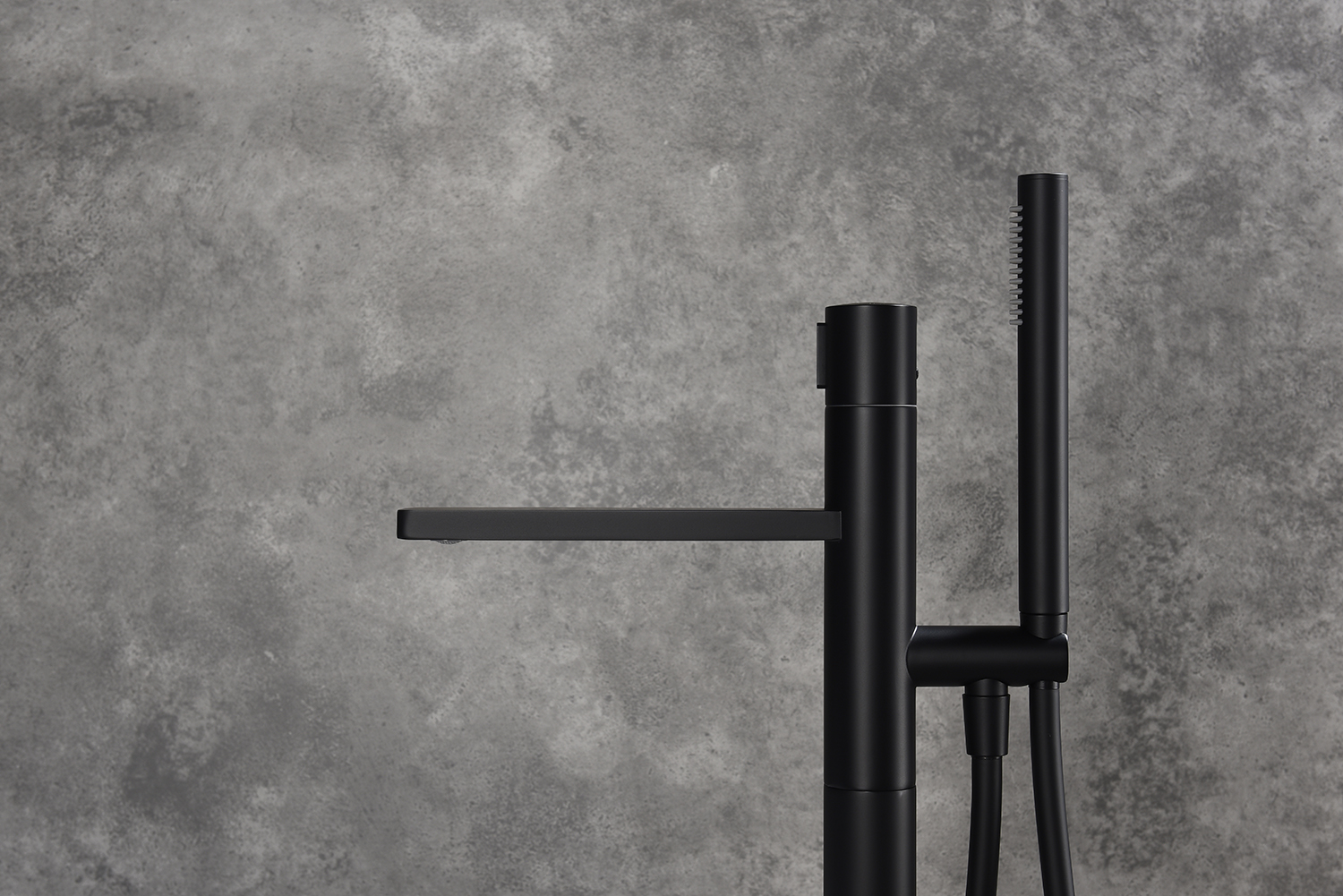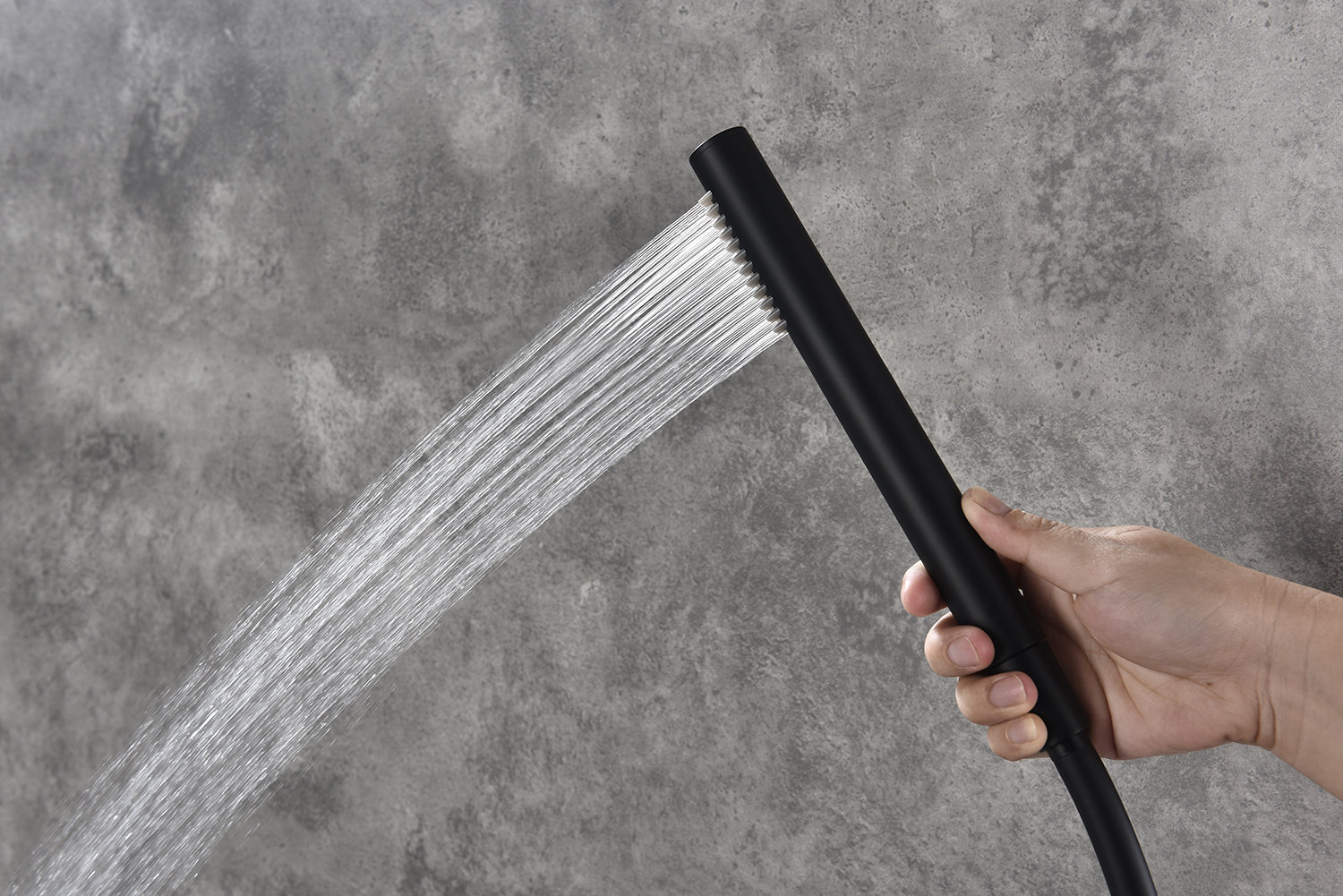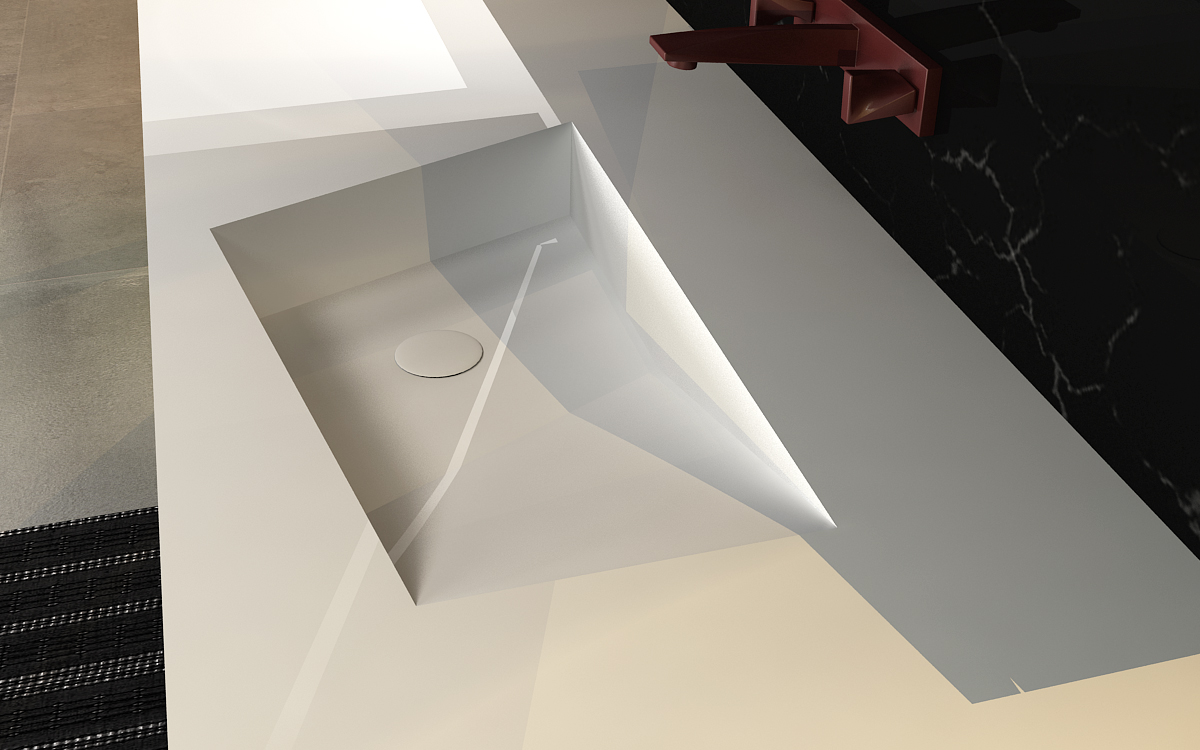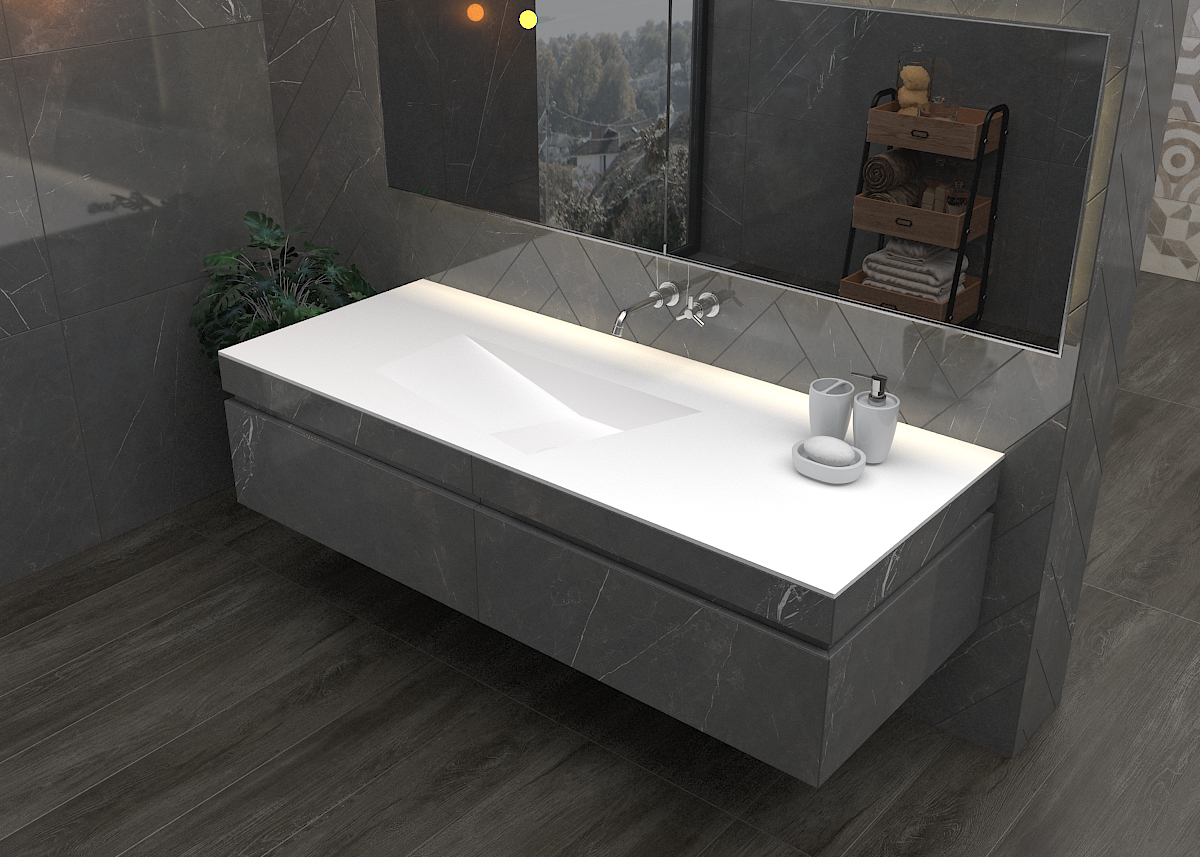
The iron can iron out the wrinkles on the clothes and make the wrinkled clothes smoother, so for everyday use, you still need to have an iron at home. Now there are many kinds of irons, daily use we use steam iron can be, than the electric iron to operate more good some, not easy to burn clothes. Steam irons need to add water to the inside, if you have been adding tap water, then wait for a period of time without, then take out may have scale, will affect the steam jet. So how to deal with this situation?
Steam iron scale clogged how to deal with
The main components of scale are calcium carbonate and magnesium hydroxide, which can undergo chemical changes with acid. Therefore, to remove limescale from a steam iron, pour some vinegar into the tank first, and only add vinegar or acid of very low concentration (whichever is not corrosive to the iron). You can put a little toothpaste on the bottom of the iron and rub it gently to remove it.
Of course, it is best to prevent limescale in general, try not to use tap water directly, it is best to use boiling water or pure water or distilled water and other soft water, can prevent limescale as much as possible.
Steam iron hole some blocked how to do
This place is blocked because of the scale left after the residual water vapor dried inside the iron hole. If the tap water is used to iron clothes, it is easy to form limescale. The same can be used.
Dilute vinegar with 10 times the amount of water, then dip the cloth into the vinegar solution, wring it slightly, and wipe it on the bottom of the steam iron. Pour a small amount of water into a cup, add 5-6 drops of vinegar, shake well, then pour it into the water tank of the iron, insert the power and wait for a minute and a half. After a while the steam will come out.
How is limescale formed
When heating water, water-insoluble compounds and mixtures formed by dissolved calcium and magnesium ions and some acid ions form two water-insoluble deposits, namely “calcium carbonate” and “magnesium carbonate”. These deposits adhere to the container and over time form a thick layer of scale.







